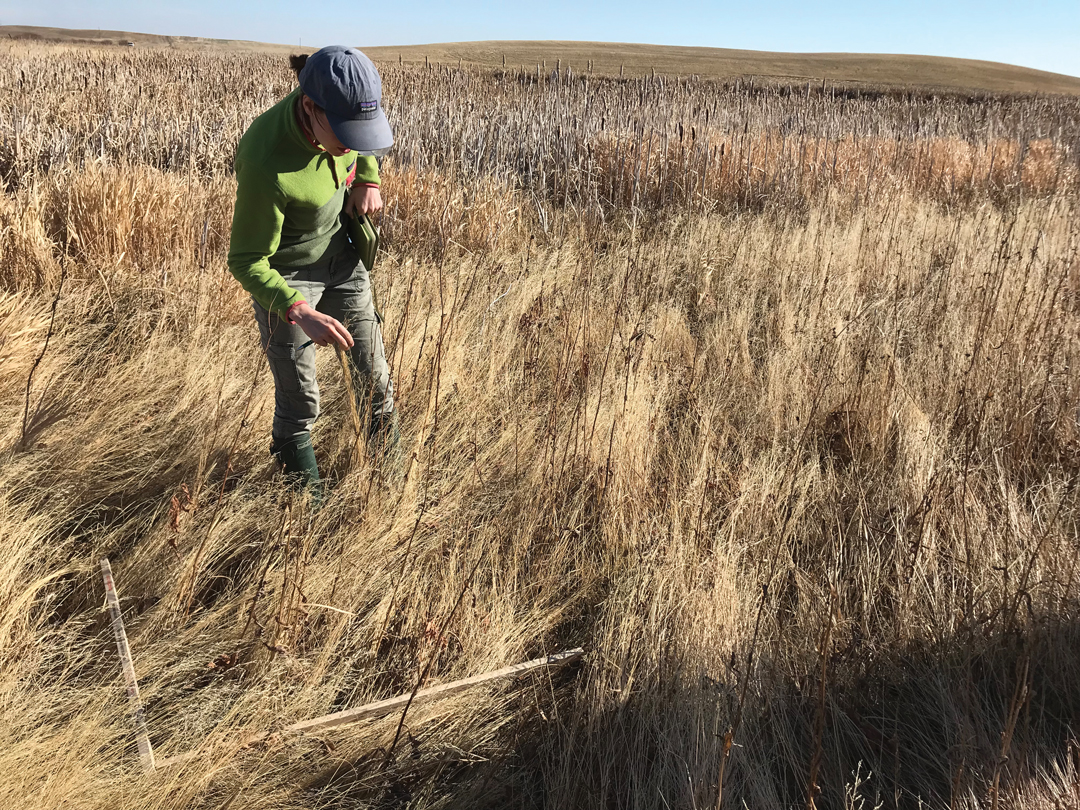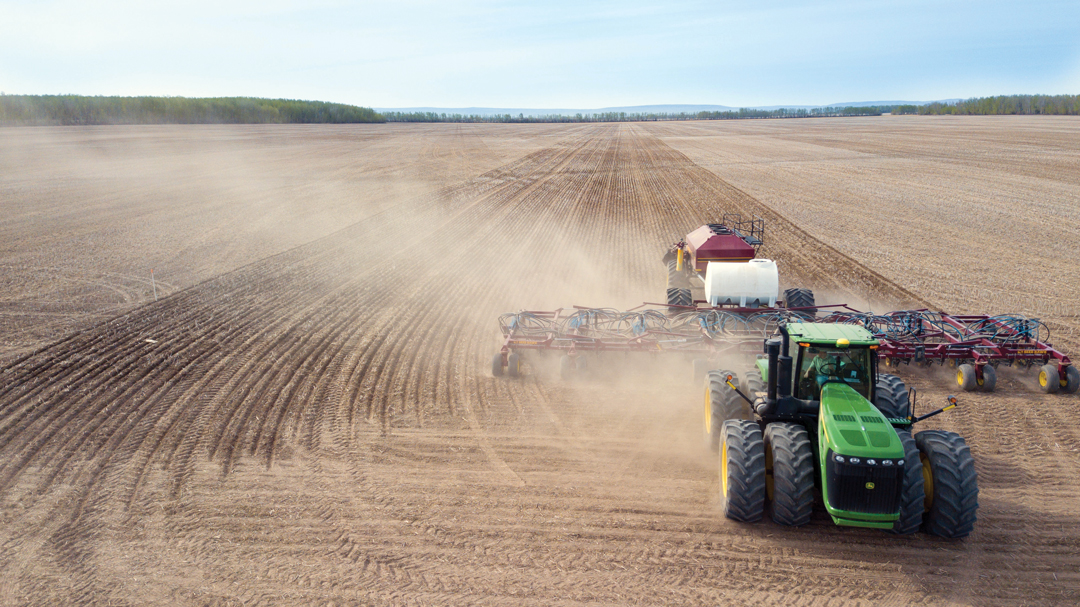ADAPTATION AND RESILIENCE
BY SARAH WEIGUM • PHOTO OF HAYLEY WEBSTER BY IAN DOIG
Alberta crop commissions have partnered with the Adaptation Resilience Training (ART) program to build climate change knowledge within their organizations and provide skills and networking opportunities for Alberta university graduates.
In September 2021, Soumyaditya Ghosh began an internship with the Alberta Wheat and Alberta Barley Commissions to study how farmers have historically adapted to changing climate and the way values, beliefs and norms affect ongoing adaptations. A recent University of Alberta graduate, he holds a master’s in public health focused on the environment as well as a degree in molecular biology. Ghosh examines the opportunities and threats climate change poses to western Canadian agriculture through the lens of science as well as social and individual behaviour.
“Managing soil, water and ecological systems, Alberta farmers do a lot of incidental adaptations to maintain farm sustainability,” said Ghosh. He hopes his research and interviews with farmers may identify innovations the industry could use in the face of increasingly extreme weather events. A forthcoming white paper in May will conduct a cost-benefit analysis of various risk adaptation and mitigation measures. “The paper will explore the best ways to connect with famers as we transition to adaptive, resilient, smart agriculture,” said Ghosh.
Shannon Sereda, senior manager of government relations and policy for the cereal commissions, believes Ghosh’s project will help Team Alberta lobby for better climate change programs and policies. “Our job as commissions is to ensure government is mindful of challenges farmers face through climate change and to help farmers be their own advocates,” she said.
During her eight-month ART internship with Alberta Pulse Growers, U of A graduate Hayley Webster is examining the role wetlands play in carbon sequestration and as buffers against extreme moisture and drought events.
Due to anaerobic activity, wetlands store much more carbon by area than surrounding agricultural lands, said Webster. While carbon sequestration is a public good, farmers often see wetlands as a nuisance, tilling and seeding them when conditions permit. However, wetlands benefit farmers as well.
“They’re important ecosystems for managing water. Wetlands are a sponge that can absorb a lot of excess water, and when there’s a drought, they act as a sponge you can squeeze water out of,” said Webster.
Webster intends to increase farmer access to information about wetlands and their benefits. This will include ways in which they can protect wetlands through protocols on activities such as pesticide application.
Nevin Rosaasen is APG’s sustainability and government relations lead and Webster’s supervisor. He emphasized the need to demonstrate the benefits wetlands have for farmers and the broader public and turn that into government policy.
“If farmers are not allowed to crop wetlands and the vegetation surrounding wetlands, how can we provide some sort of compensation for the public good they provide?”
As part of the ART program, commission staff participated in a week of training on climate science, risk identification, risk mitigation and economics. Open to all recent Alberta university graduates, ART is administered by the U of A and is the Alberta government’s implementation of Natural Resources Canada’s Building Regional Adaptation Capacity and Expertise program.






Comments